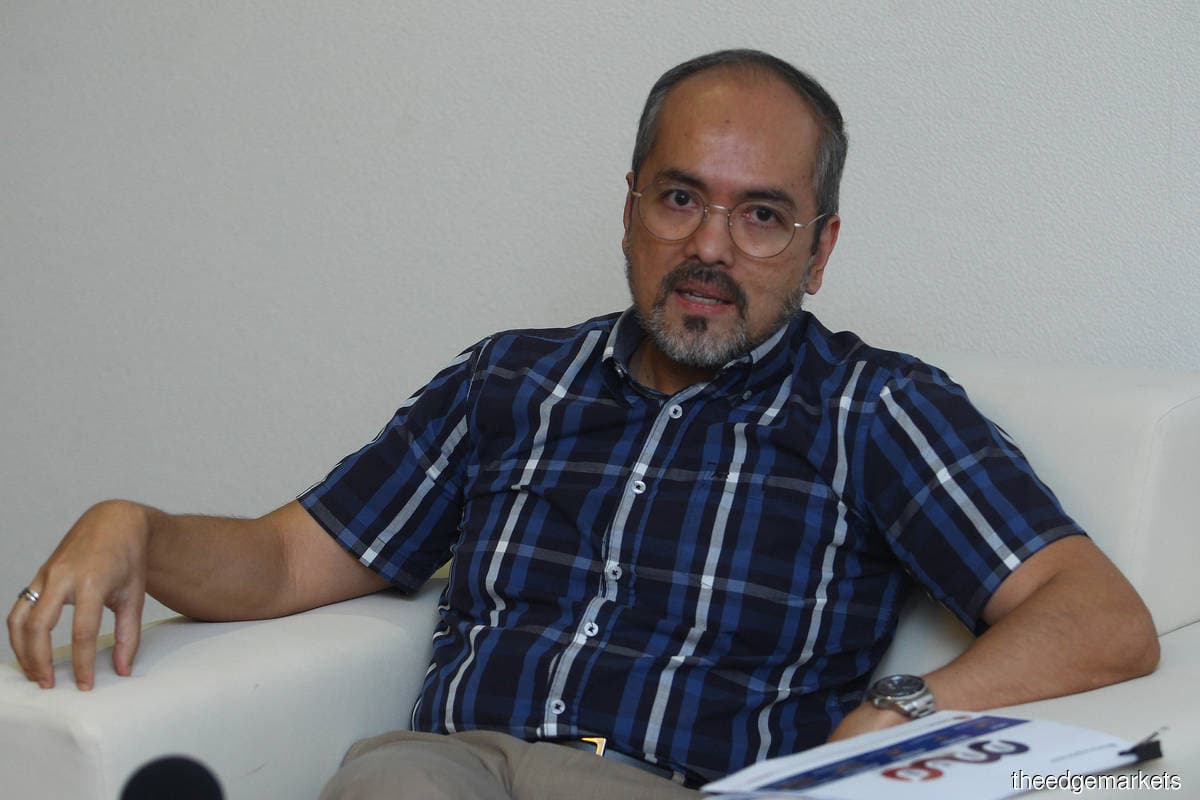
KUALA LUMPUR (July 7): Government-linked investment funds (GLICs) could play an effective role in pushing for the adoption of environmental, social and governance (ESG) practices among local public-listed firms, said Employees Provident Fund (EPF) chief executive officer (CEO) Tunku Alizakri Alias (pix).
This is in view of the fund size owned by GLICs such as EPF, Khazanah Nasional Bhd and Kumpulan Wang Persaraan (Diperbadankan) (KWAP) or Retirement Fund (Incorporated), which collectively have over RM1 trillion in assets under management.
“Things go where the money is,” Alizakri said in a panel discussion on GLICs at Investment Malaysia 2020 here today. The forum, moderated by Bursa Malaysia Bhd chairman Tan Sri Abdul Wahid Omar, was also joined by Khazanah managing director Datuk Shahril Ridza Ridzuan and KWAP CEO Syed Hamadah Syed Othman as panelists.
“If you actually go into it very aggressively and really push it through, which we (EPF) have, because we have the money… I think we will be able to grow and balance sustainability and profitability,” said Alizakri who is also a panelist in the discussion titled “GLCIs — Business as Usual… or Unsual…?” .
ESG — a set of standards for a company’s operations that socially conscious investors use to screen potential investments — has become one of the hottest topics in the global asset management industry over the years, partly driven by the calamity that was the 2008 global financial crisis.
In Malaysia, the FTSE4Good Bursa Malaysia (F4GBM) Index, which measures the performance of public-listed companies (PLCs) demonstrating strong ESG practices, comprises 73 constituents as of June 18, a 204% increase since its launch in 2014, according to Bursa.
“From our (EPF’s) investment portfolio, our top social stocks’ [value] actually went down by less than 10% [during Covid-19] compared to KLCI [components], which went down more than 16%. So, ESG stocks have resilience. ESG is not nice to have, it’s a definite need to have.
“We (EPF) think ESG is the best barometer for companies that are well run. If you practice ESG well, your company is most likely bound to succeed. [At EPF], we look into companies that embrace the social aspects of their businesses and turn them into real businesses,” said Alizakri.
His sentiments were echoed by Shahril Ridza and Syed Hamadah, who both assured that ESG is an important factor for Khazanah and KWAP when making decisions on investment fund allocation in the capital market, whether in the country or abroad.
Syed Hamadah said KWAP would continue to invest in ESG companies, as it could deliver sustainable benefit to shareholders and stakeholders, enhancing their returns.
"KWAP started the ESG journey in 2014-2015. We have an ESG mandate that we outsourced to our external fund managers. We also have ESG principal embedded into all of our investment proposals,” he added.
Meanwhile in Khazanah, Shahril said the sovereign wealth fund has been at the forefront of sustainable investing, adding that Khazanah boasts as one of the first issuers of “ESG” bonds in the country. He was referring to Malaysia’s first sustainable and responsible sukuk (SRI) with a RM1 billion bond programme launched by Khazanah in 2015.
SRI sukuk was first announced by former Prime Minister Datuk Najib Abdul Razak in October 2013 and official guidelines were provided in August the next year. The instrument may be used to finance projects that, among others, conserve energy or use renewable energy such as wind and solar.
On fund allocation, while EPF and Khazanah said they were looking at expanding their overseas investments, KWAP, on the other hand, said it remains focused on the domestic market.
“We remain committed to investing in the domestic market. Anything beyond the domestic market is for the benefit of diversification and adjusting our investment risks.
“Currently, our exposure in the international market is less than 20%. We have room to further but each year, we invest in the capital market around RM8 billion. Of the total, RM3 billion is new money from contributors and RM5 billion is from the reinvestment proceeds,” Syed Hamadah said.